Over the past twenty years, water prices have more than doubled, with prices expected to increase more sharply through the coming years.
One reason for the sharp increase in water prices is that there is a lack of fresh water in many states across the US, if not the world. Reducing the use of water or preventing the overuse of it helps save money and the world. After all, why would anyone want to use more water than they need to?
In this article, we’ll examine six methods that you can use to prevent the overuse of water for irrigation. However, keep in mind that each method has its own sets of pros and cons that you should consider.
Improve Your Management Practices
You will want to ensure that the property managers check the sprinklers once each week. In many places, the sprinklers are turned on after office or working hours; property managers may not be aware that the sprinklers are operating incorrectly.
An excellent way to fix this issue is to run the zones each week to see if the whole system is working normally. Issues detected should be fixed right away.
Work on Improving Distribution Uniformity
Often, the facility manager will run the sprinklers on the grounds for longer than necessary, especially if they notice dry or brown spots.
However, this approach reduces water efficiency and is proven to be ineffective against these brown spots. Dry spots, as they are called, result from an inefficient sprinkler head, which may need to be replaced.
Distribution Uniformity requires that sprinkler heads are placed so that the water is uniformly distributed across the area. So, you’ll want to switch to using equipment that has a more consistent spray rate across a turf area to eliminate dry spots.
Make sure to check how far and where the water is reaching after the sprinklers have been turned on briefly. Identifying spots that don’t receive water is key to rectifying the issue.
Put a Pressure Regulation System in Place
When you have a pressure regulation system in place, it ensures that your sprinklers are operating optimally. However, when the pressure is too high, the water droplets tend to atomize, which results in the water drifting in the direction of the wind.
That’s why it is important to reduce operating pressure, to ensure larger droplets that are heavier and have a likely chance of ending up where they should.
Reduce Overall Water Requirements
The best and often the simplest way to decrease the amount of water used for irrigation is to reduce the turf area that requires the most water and maybe replace plants that have higher watering requirements. Instead, you’ll want to use native plants and turf areas.
Plants that are native to the state of Texas, for instance, can easily survive on less water. However, it would help if you chose plants that are native to New York (or whatever your state is).
Move to Drip Irrigation
You will want to replace sprinklers for your plant beds with a drip irrigation system.
Drip irrigation maximizes every drop of water while minimizing wastage by runoff or evaporation. Many estimates put drip irrigation at around 90% efficiency compared to spray heads, which are only 60% efficient.
The added efficiency of drip irrigation translates to saving more water.
Install Smart Controllers
When you have a smart controller installed, it helps determine the watering durations and the watering frequency regularly based on current real-time water conditions.
For instance, if it’s raining, the sprinklers will not turn on because they don’t need to. Plus, it adjusts the time based on what the plants need, the type of day, and a few other factors.
You can also invest in a smart controller that relies on the current soil type and plant species. However, these controllers require that you input the information, and so they are only as good as the information you enter. In other words, you need to be an expert.
Anyone who wants to use smart controllers should have the ability to assess as well as document the various features of the site in each zone, i.e., root depth, soil exposure, plant type, exposure, shade, etc.
Final Thoughts
We hope you have enjoyed this article on ways to prevent the overuse of water for irrigation. If you have, make sure to check out some of our recent articles below.
6 Signs That Your Irrigation System Needs Repairing
What is Winterization For Irrigation Systems?
If you need help with your irrigation system, you can also contact us to see how we can help.


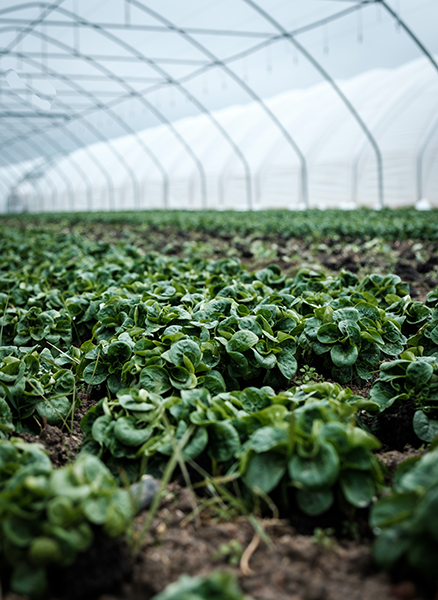
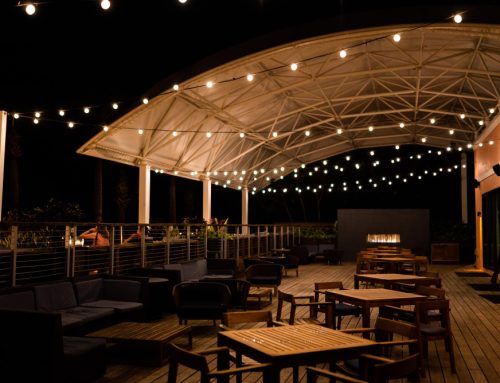
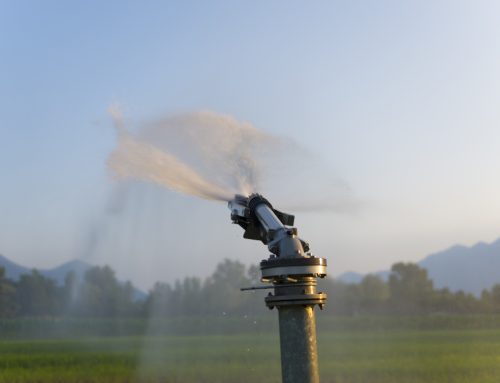
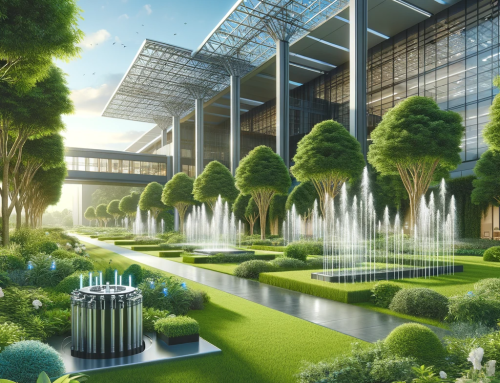
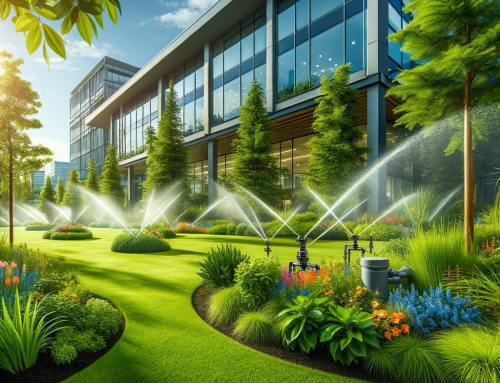
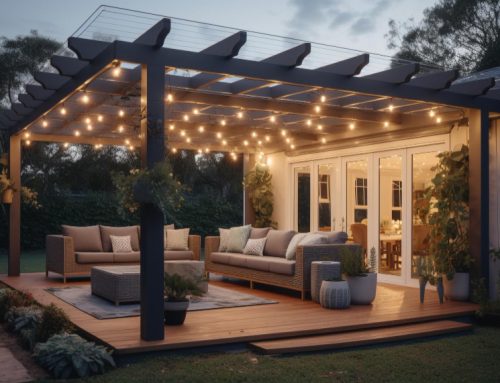
Leave A Comment